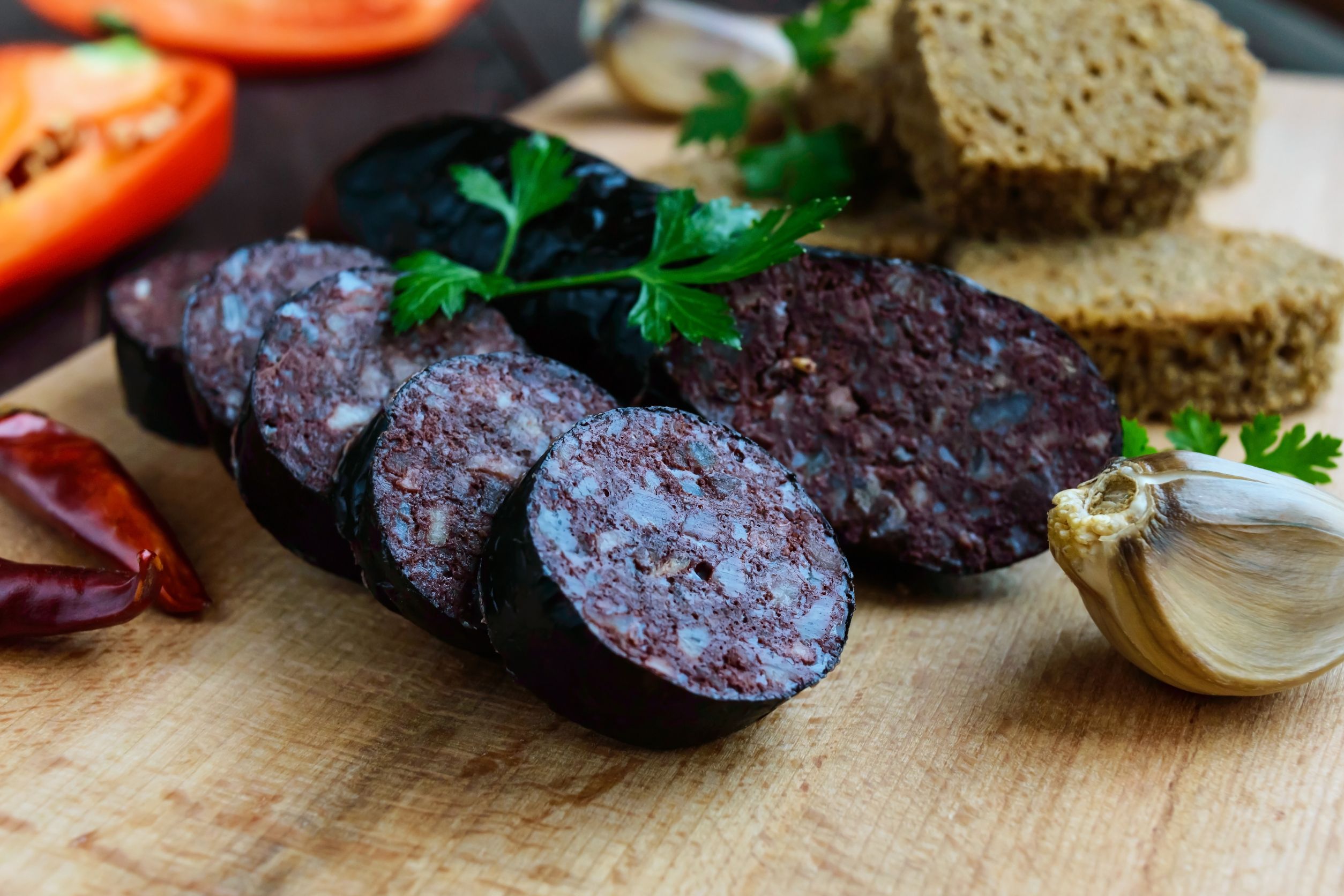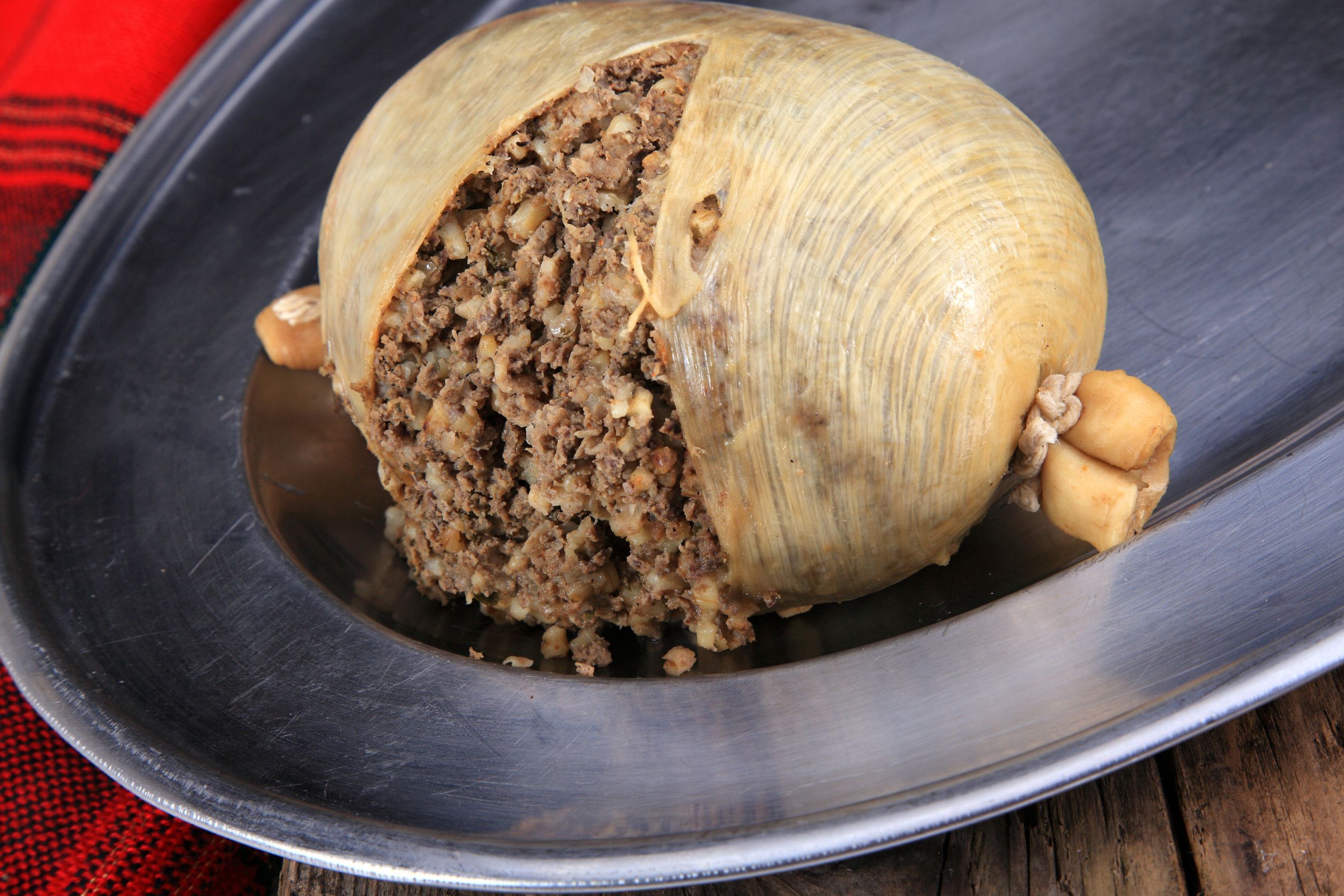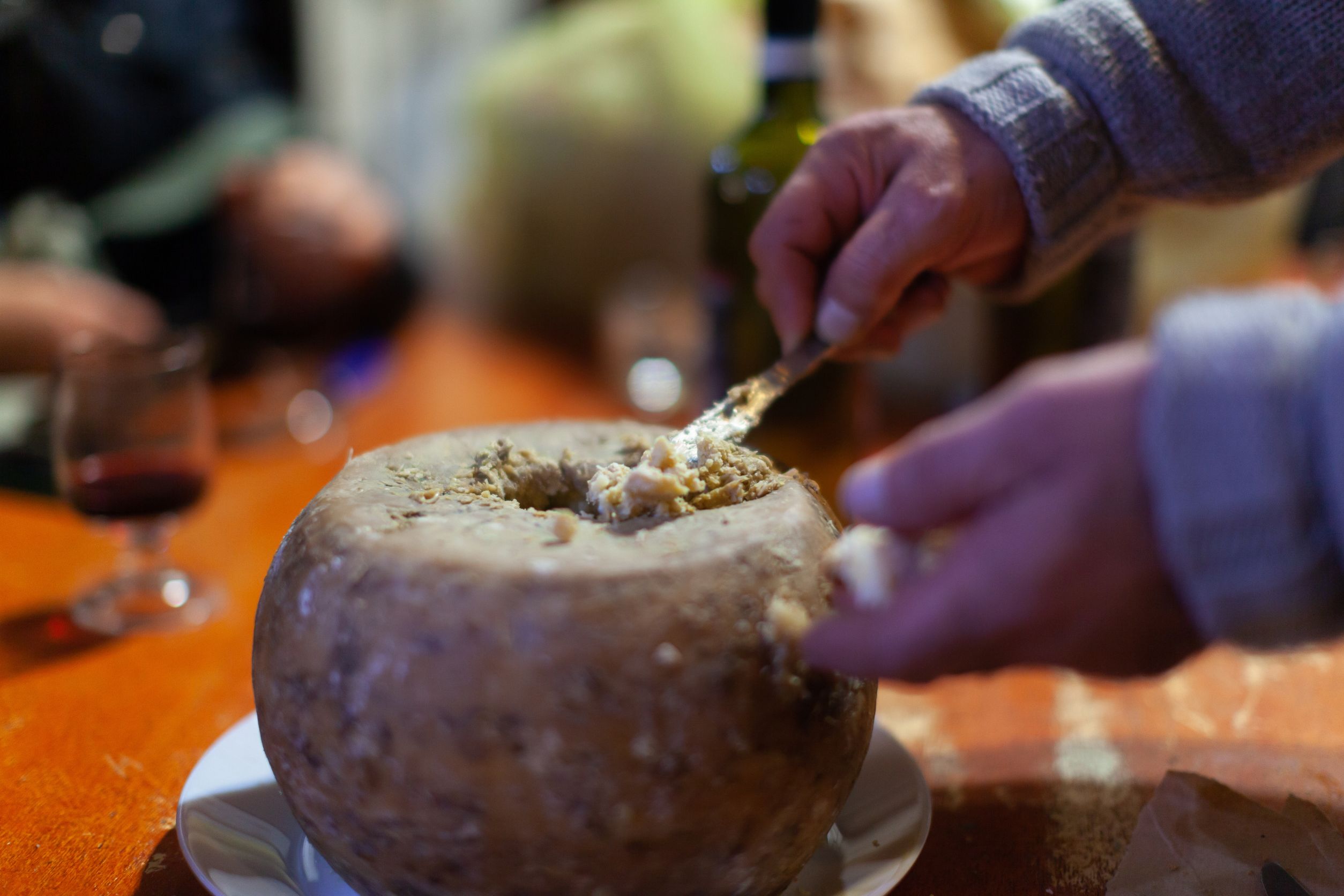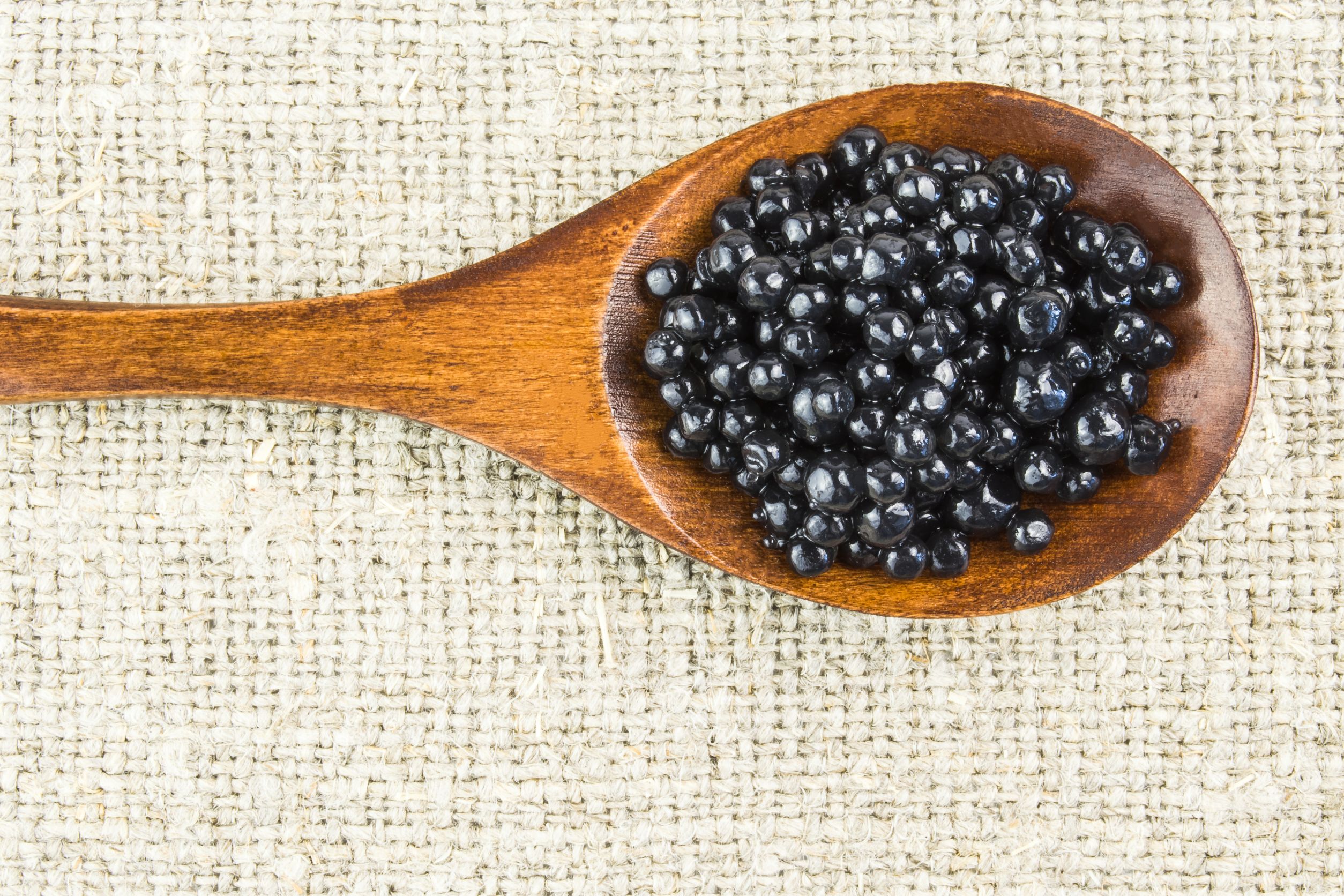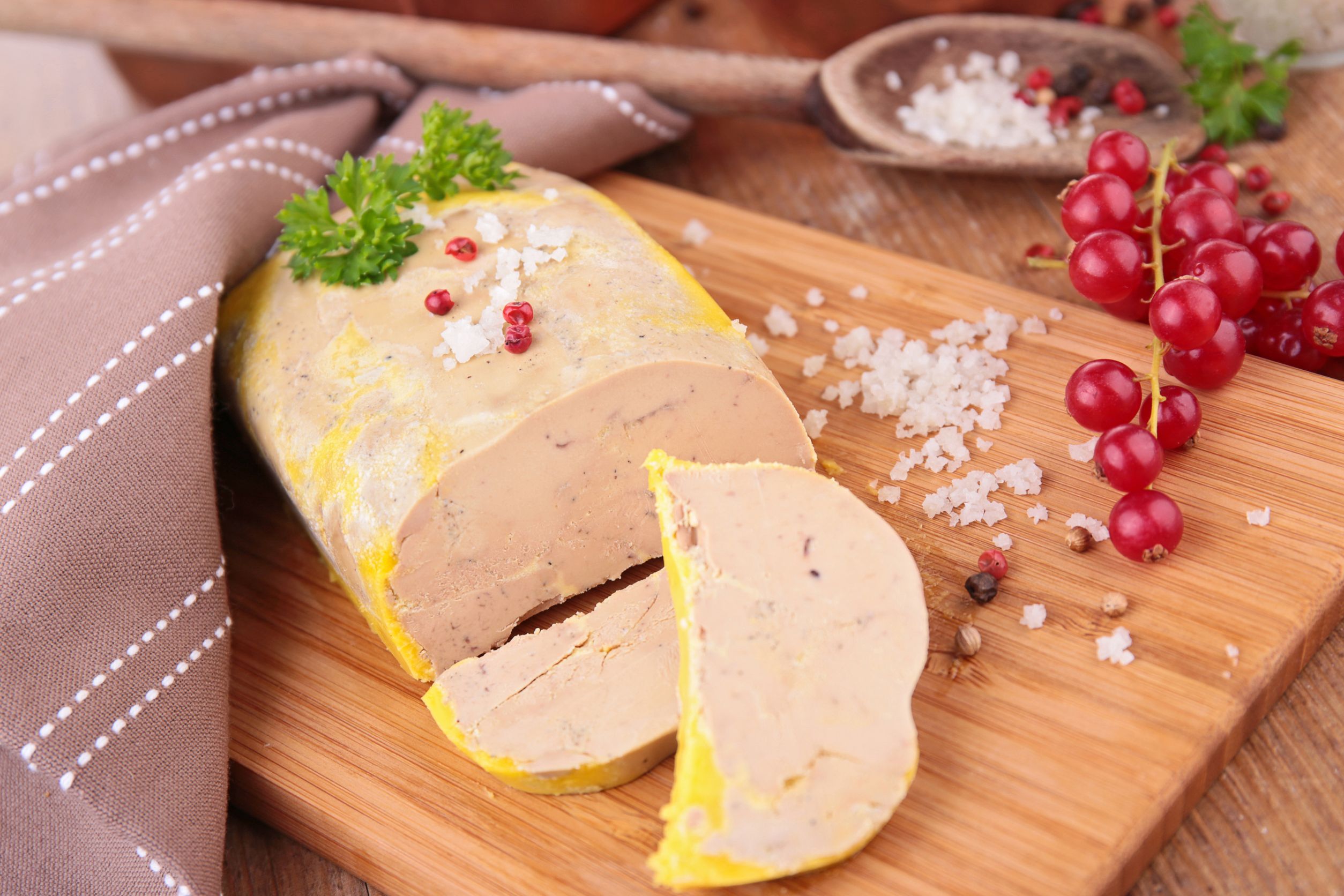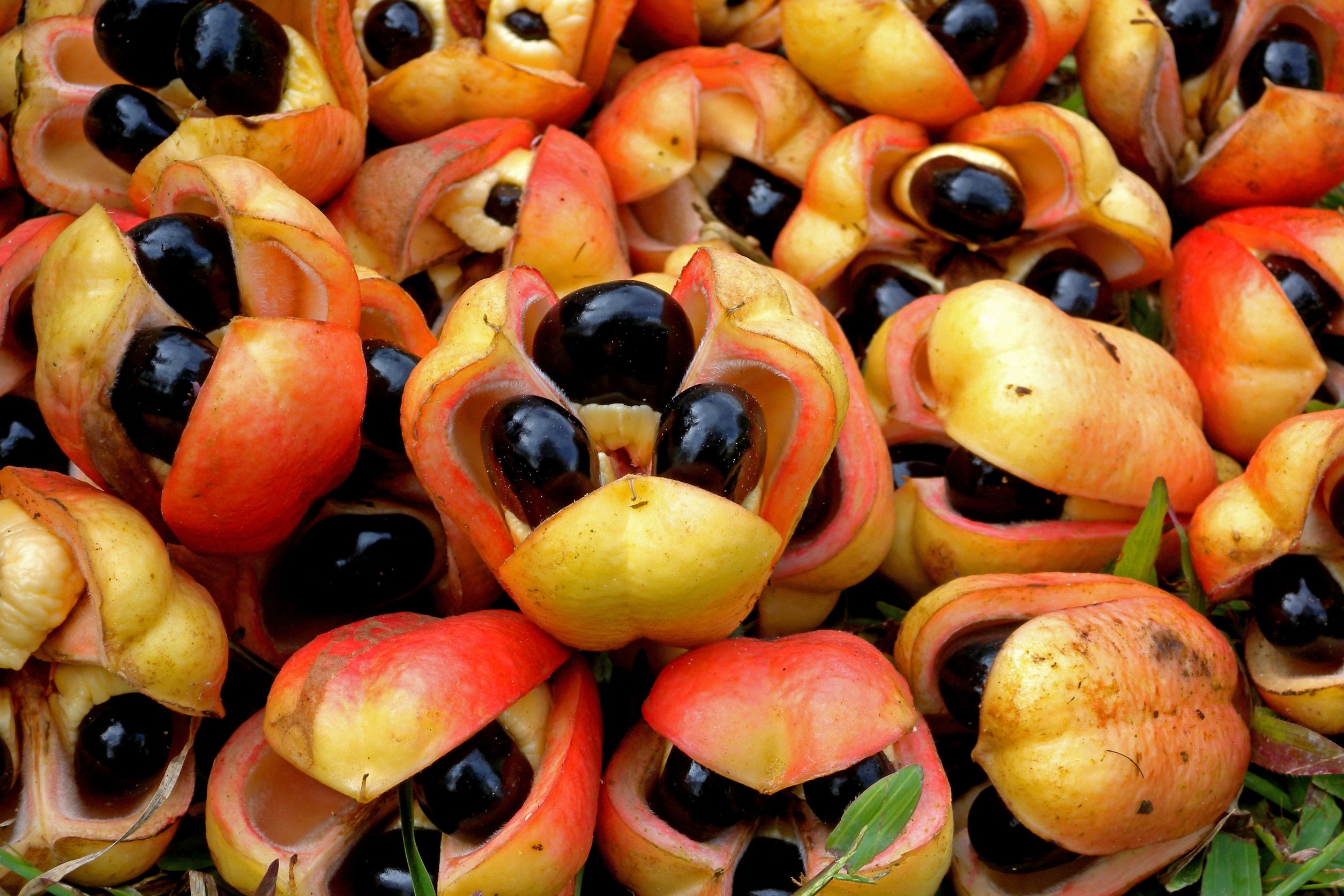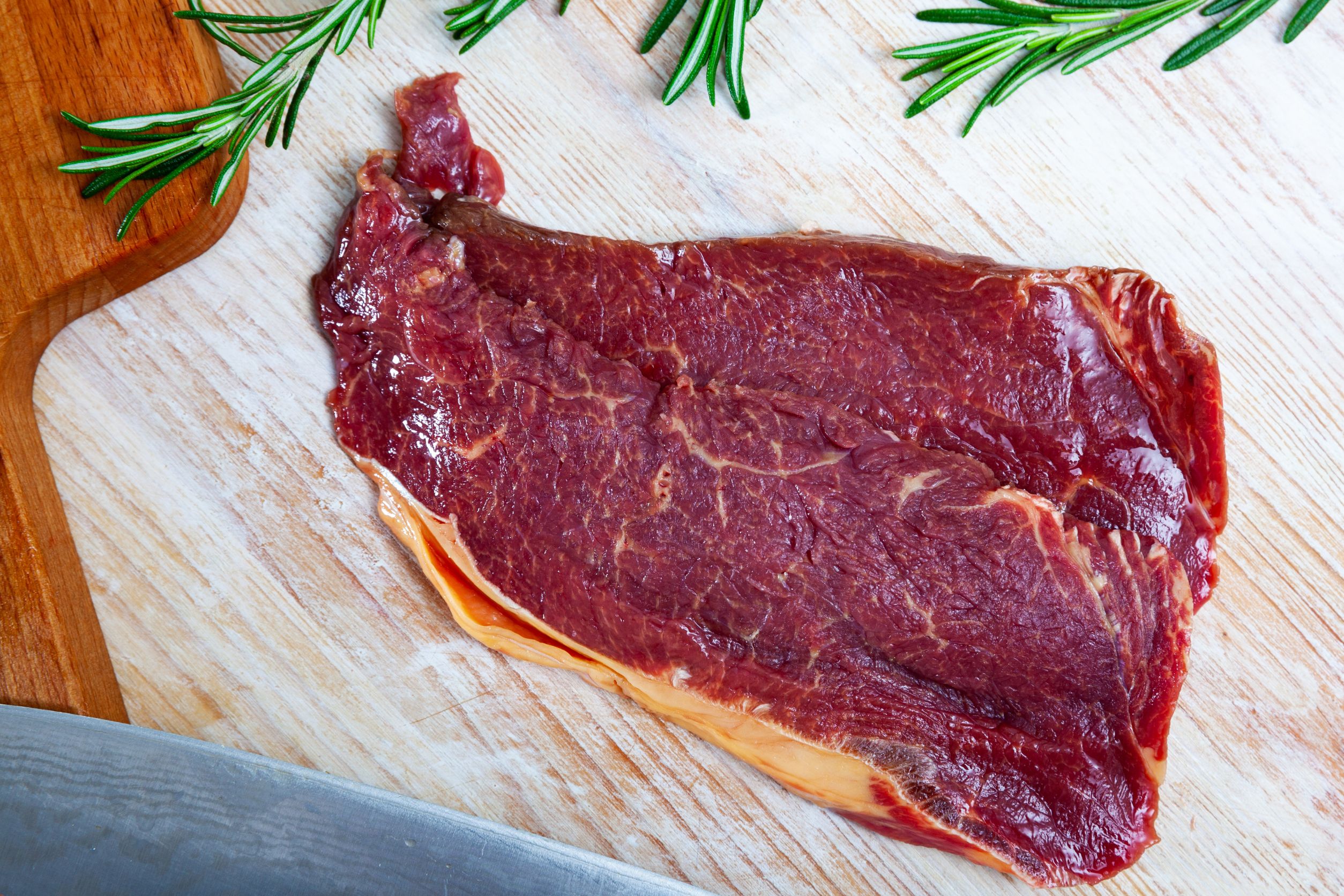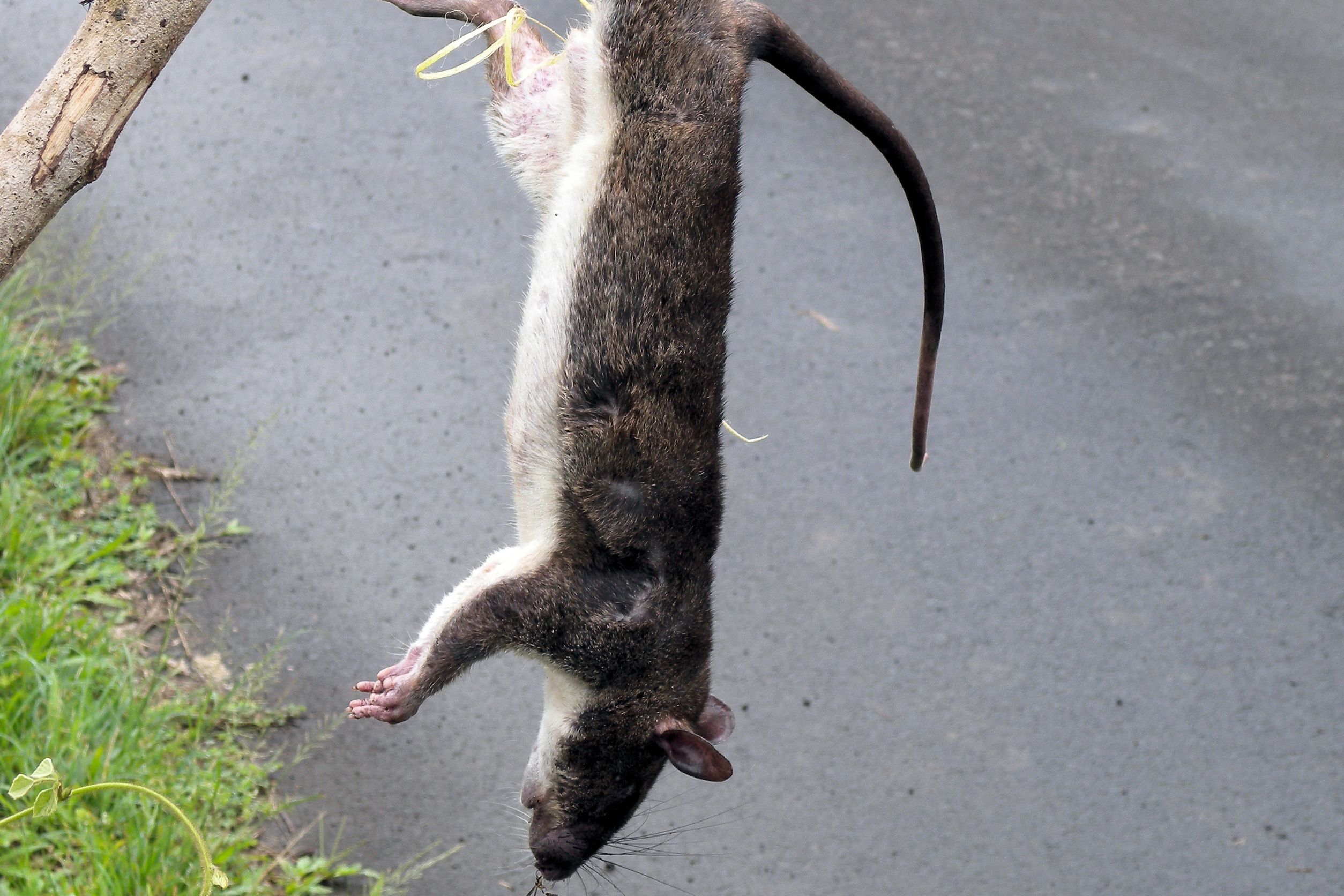In the United States, the food you consume is governed by strict regulations to ensure safety and health standards are met. However, what’s considered safe and delicious in one country can be deemed hazardous and banned in another. This list dives into 15 intriguing foods that have found themselves on the forbidden list in the U.S. From exotic delicacies to seemingly harmless snacks, you’ll be surprised by what American regulations keep off your plate.
1. Kinder Surprise Eggs
Kinder Surprise Eggs are beloved around the world for their combination of chocolate and a hidden toy. However, in the U.S., they’re banned due to a 1938 law against embedding non-food items completely within food products, as they pose a choking hazard. This has led to many a disappointed child and parents at U.S. customs. These chocolate treats can lead to hefty fines if they’re found in your luggage. Yet, the fascination with Kinder Eggs remains strong, evidenced by the legal sale of a modified version called Kinder Joy, where the toy is separate from the chocolate.
2. Haggis
Haggis, the national dish of Scotland, has been banned in the U.S. since 1971. The traditional recipe calls for sheep’s lung, an ingredient that American food safety regulations do not allow. Haggis is a savory pudding containing sheep’s heart, liver, and lungs, mixed with onions, oatmeal, suet, and spices. This dish is traditionally encased in the animal’s stomach and simmered for several hours. Despite its ban, haggis continues to intrigue food enthusiasts in the U.S., who either make do with lung-free versions or seek it out on travels abroad.
3. Casu Marzu
Casu Marzu is a Sardinian cheese known for being infested with live insect larvae. This cheese is made from sheep’s milk and goes beyond typical fermentation to a stage most would consider decomposition. The larvae are deliberately introduced to the cheese, making it soft and supposedly enhancing its flavor. Casu Marzu is banned in the U.S. due to health concerns associated with consuming live larvae, which can survive in the intestine and cause serious infections. Nevertheless, it remains a sought-after delicacy for the most adventurous of cheese lovers.
4. Absinthe
Absinthe was banned in the U.S. and much of Europe in the early 1900s due to its supposed psychoactive properties, attributed to the compound thujone found in wormwood. The traditional version of this potent spirit, known for its vibrant green color and strong anise flavor, was blamed for social disorders and hallucinations. Modern science has debunked many myths surrounding absinthe, leading to its legalization in the U.S. in 2007, though it must comply with strict thujone content limits. Still, the allure of absinthe’s bohemian past makes it a captivating choice for many. True absinthe enthusiasts continue to seek out the original recipes that once enchanted artists and writers.
5. Shark Fins
Shark fins have been a staple in traditional Chinese cuisine, most notably in shark fin soup. This dish is considered a luxury item and is often served at special occasions and weddings. However, due to ethical concerns over the practice of finning, the U.S. has banned the importation and sale of shark fins. The ban aims to protect shark populations and preserve marine ecosystems. While the soup is still available in some parts of the world, the movement against shark fin soup has grown globally.
6. Beluga Caviar
Beluga caviar, known for its exquisite taste and smooth, buttery texture, comes from the beluga sturgeon, primarily found in the Caspian Sea. This caviar is among the most valued and expensive in the world, often costing thousands of dollars per pound. Due to overfishing and the resulting threat to the beluga sturgeon population, the U.S. has banned the import of beluga caviar to help protect this endangered species. Conservation efforts continue to be a driving force behind the ban. While other types of caviar are available, none carry the prestige of true beluga.
7. Sassafras Oil
Sassafras oil, once a common ingredient in teas and the original recipe for root beer, is banned in the U.S. because it contains safrole. Safrole was found to be carcinogenic, leading to its removal from commercially manufactured foods and beverages. Despite its ban, sassafras leaves, which do not contain safrole, are still used to flavor traditional dishes like gumbo. The oil’s distinctive flavor is missed by some culinary enthusiasts who remember the original taste of old-fashioned root beer. The quest for a safer alternative has led to the use of artificial flavors that mimic sassafras without health risks.
8. Foie Gras
Foie gras, a luxury food product made from the liver of a duck or goose that has been specially fattened, has been the center of ethical debates. Due to the controversial method of force-feeding the birds to enlarge their livers, several U.S. cities have banned the sale of foie gras. The ban reflects growing concerns over animal welfare and the methods used in foie gras production. Despite its gourmet status, the ethical implications make foie gras a contentious food item. However, its ban has only increased the curiosity and desire for this delicacy among food connoisseurs.
9. Ackee Fruit
Ackee fruit, native to West Africa and popular in Jamaican cuisine, is banned in the U.S. unless it’s canned and meets specific safety standards. Fresh ackee is hazardous because it contains hypoglycin A. This toxin can cause severe vomiting and even death if consumed before it’s fully ripe. The canned ackee must be prepared carefully to avoid any health risks, making its importation highly regulated. Ackee is an integral part of Jamaica’s national dish. Still, in the U.S., it remains a rare and exotic ingredient due to these strict regulations.
10. Raw Milk
Raw milk, or unpasteurized milk, is banned in many U.S. states due to concerns over foodborne illnesses, which can be particularly severe in children, the elderly, and those with weakened immune systems. Advocates of raw milk argue that it has superior taste and health benefits, including probiotics and enzymes lost during pasteurization. However, the risk of contamination from pathogens like salmonella and E. coli has led to strict regulations and bans. While raw milk sales are allowed in some states under specific conditions, the debate over its safety and health benefits continues to churn.
11. Horse Meat
Although horse meat is consumed in many cultures around the world for its flavor and nutritional value, it is taboo in the U.S. and is banned for human consumption. The ban is primarily due to cultural reasons and the American view of horses as pets and companions rather than livestock. There have been periodic debates and legislative attempts to lift the ban, but public sentiment remains largely against the consumption of horse meat. This makes it one of the more culturally sensitive banned foods. For many Americans, the idea of eating horse meat is not just unappetizing but also morally challenging.
12. Bushmeat
Bushmeat, which refers to meat from wild animals’ native to Africa, Asia, and South America, is banned in the U.S. to prevent the spread of diseases and protect endangered species. The practice of hunting and consuming bushmeat is linked to biodiversity loss and the potential transmission of zoonotic diseases. In the U.S., the import, sale, or possession of bushmeat is illegal, reflecting global efforts to conserve wildlife and prevent public health crises. Despite the ban, bushmeat is still consumed in parts of the world where it’s considered a traditional food source. The ban highlights the complex intersection of cultural practices, wildlife conservation, and health regulations.
13. Fugu (Pufferfish)
Fugu, or pufferfish, is famed for its potential lethality if not expertly prepared due to its tetrodotoxin content, which can be fatal if ingested. In the U.S., only a handful of licensed chefs are permitted to serve fugu, making it a rare delicacy. The rigorous training required to safely prepare fugu, combined with its high risk, adds to the allure and mystique of this Japanese dish. While it’s a celebrated part of Japanese cuisine, the strict regulations surrounding its preparation in the U.S. reflect the serious health risks associated with it.
14. Poppy Seeds from Certain Countries
Poppy seeds are legal in the U.S., but the importation of poppy seeds from certain countries is banned because they can contain traces of opiates, such as morphine and codeine. The ban aims to prevent the cultivation of opium poppies and the production of illicit drugs. This regulation affects the availability of certain types of poppy seeds used in baking and cooking, which are prized for their distinct flavors. While most poppy seeds used in the U.S. are washed to remove these residues, the ban underscores the complexities of international drug policies impacting food. Despite the ban, poppy seeds remain a popular ingredient in many recipes, from pastries to dressings.
15. Queen Conch
The queen conch, a large marine mollusk found in the Caribbean, is banned in the U.S. to protect this species from overfishing. The conch’s meat is highly prized in Caribbean cuisines, often served in salads, stews, and fritters. Due to its popularity, the queen conch is at risk of extinction in some areas, prompting strict trade and import regulations. These conservation efforts are crucial for ensuring the survival of the species and the ecological balance of its habitat. While you might not find it on your plate in the U.S., queen conch remains a staple in the Caribbean, celebrated for its sweet, tender meat.
Forbidden Feasts
Exploring the world of banned foods in the U.S. opens up a fascinating window into how culture, safety, ethics, and conservation shape what we eat. Whether it’s due to health risks, ethical considerations, or environmental preservation, these bans reflect a complex interplay of factors that govern our food choices. While some of these foods may seem exotic or even appealing, understanding the reasons behind their bans can deepen our appreciation for the global food landscape. This glimpse into forbidden feasts not only satisfies our curiosity but also highlights the diverse and sometimes divisive world of culinary customs.
Read More
13 Fast Food Items Boomers Love That Gen Z Won’t Touch
Take These Steps To Stop Spending Money on Fast Food

